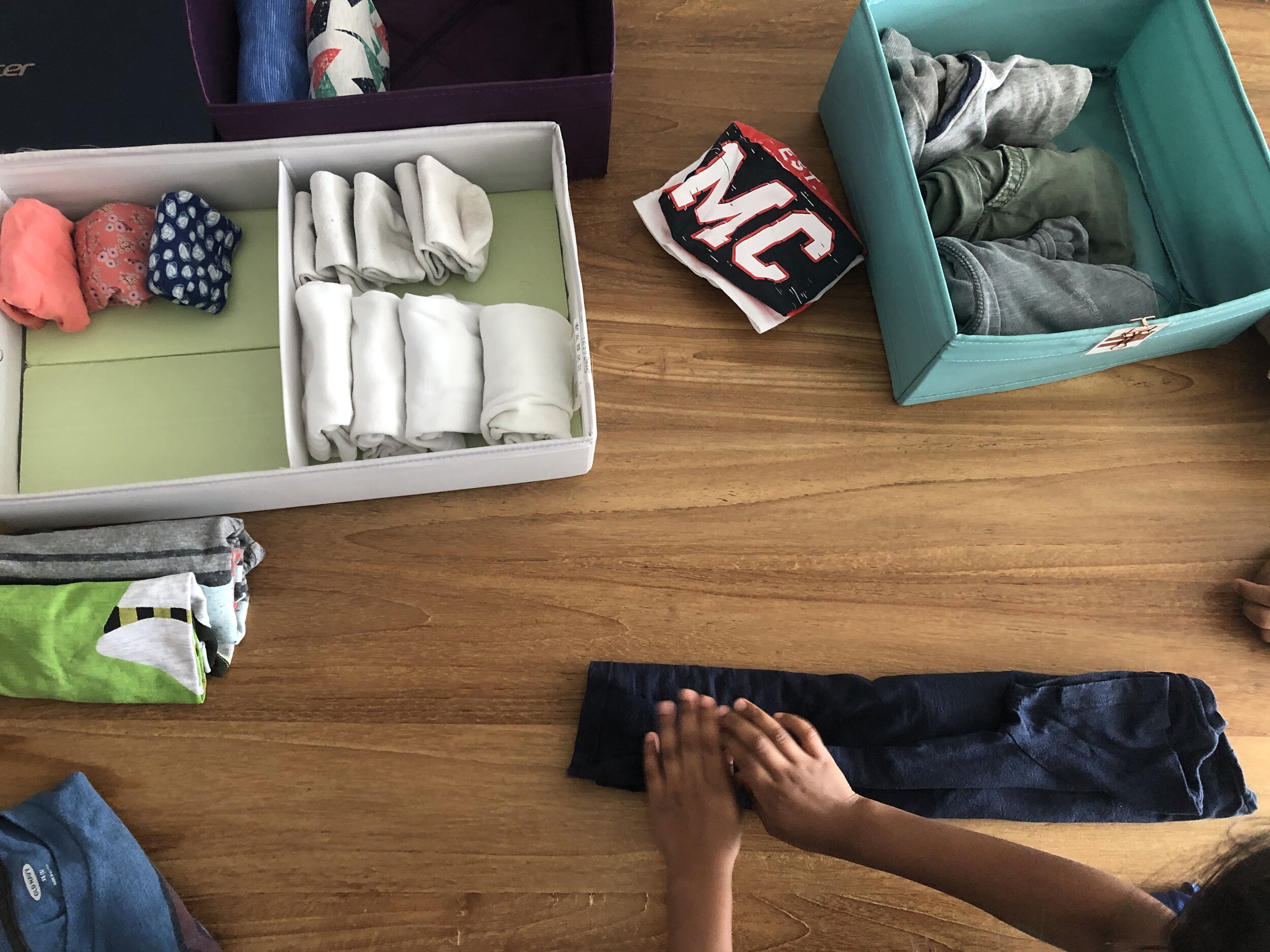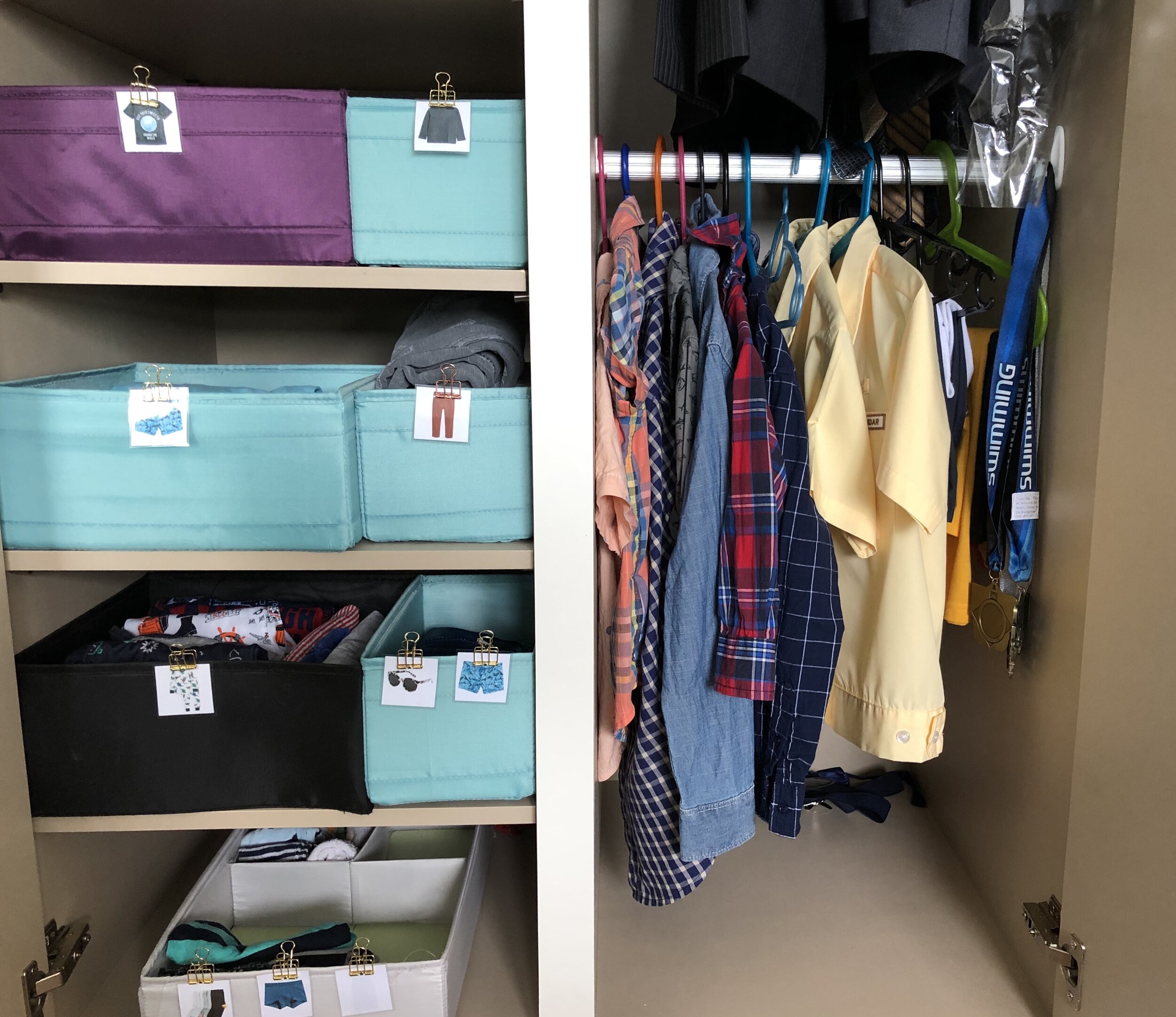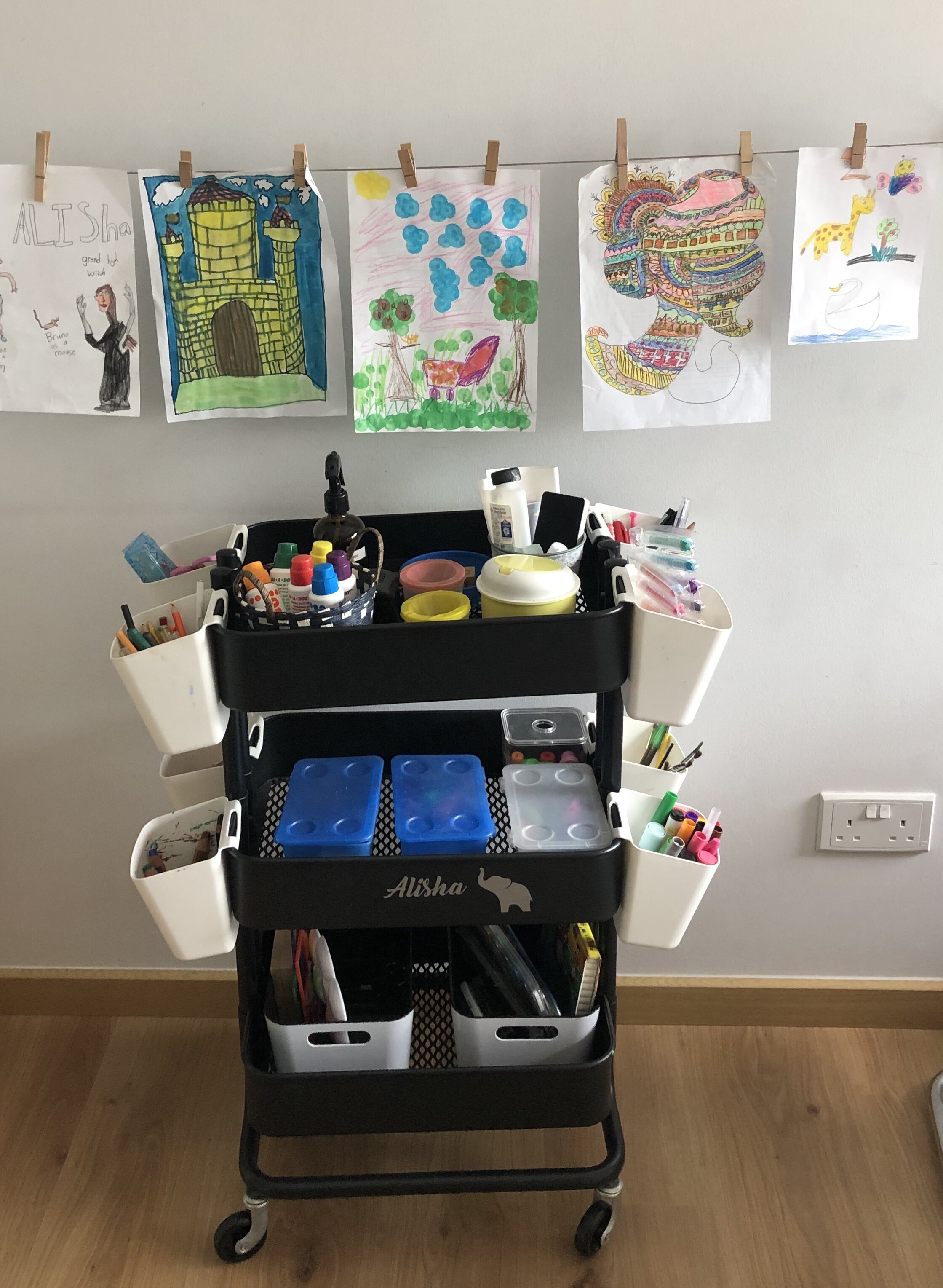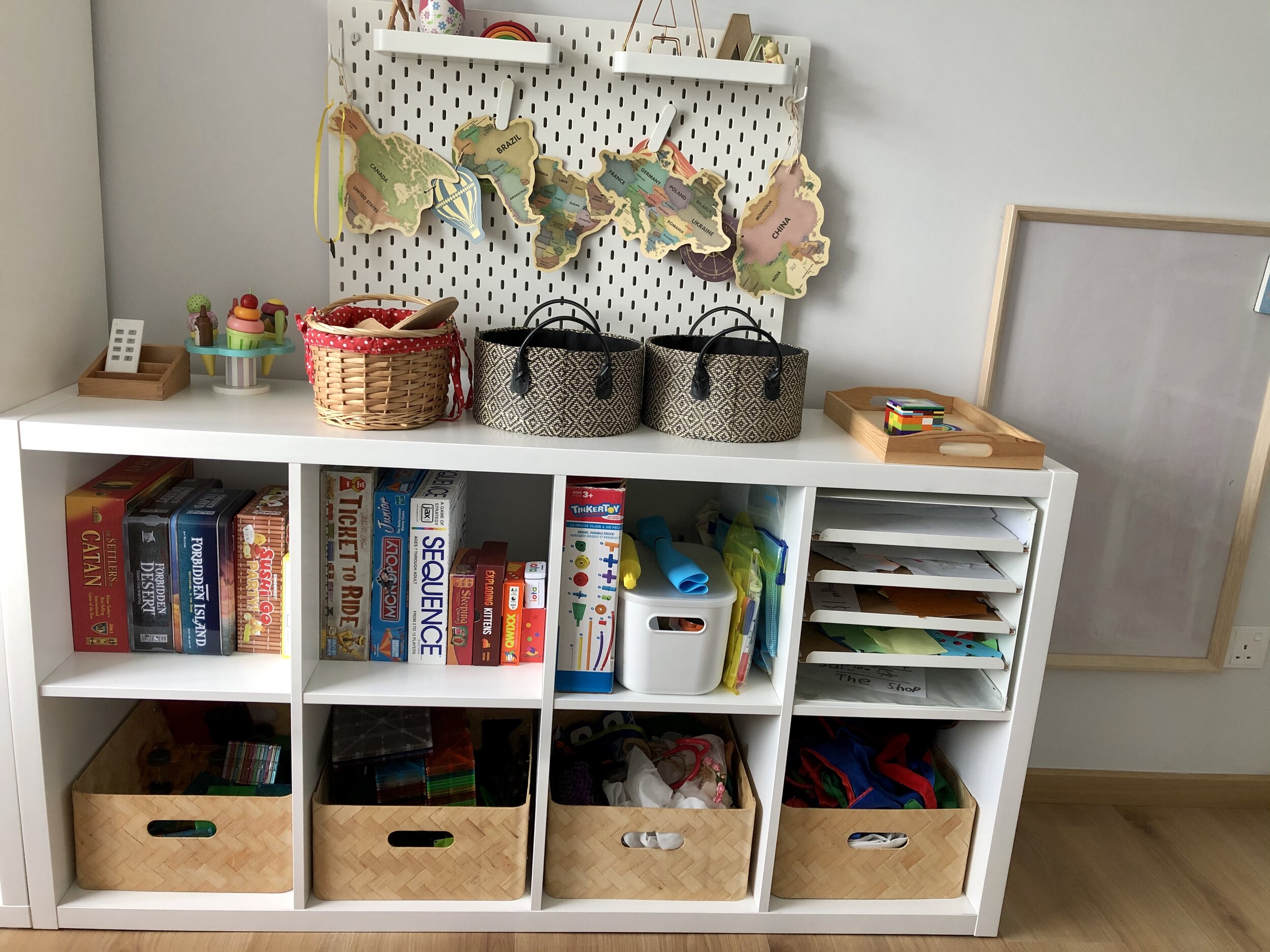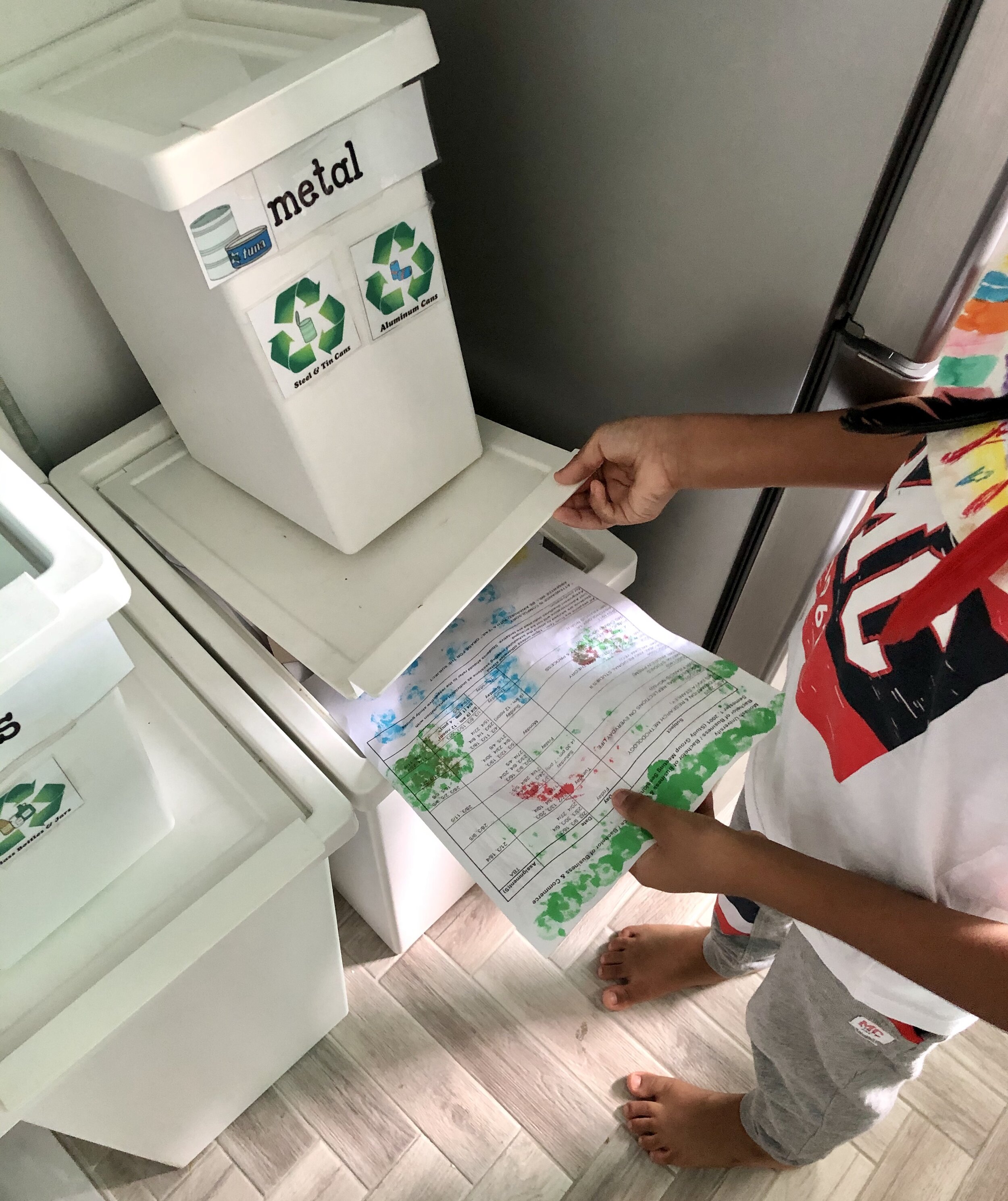What My Family Learnt From Living With Minimalism
"I cannot believe that the purpose of life is to be happy. I think the purpose of life is to be useful, be responsible, and be compassionate. It is above all to matter, to count, to stand for something, to have made some difference that you lived at all" - Leo Rosten
The world right now (at the time of writing this post) is facing numerous challenges. Not only are we battling a deadly pandemic but are also witnessing social injustice and inequality.
This is an urgent call to re-look at our personal and family values. This is the time to start (or continue) accepting differences in the community be it race, language, culture, etiquette, or physical appearance. This is the time to be role models to our children and speak up against racial bias in front of them (actions speak louder than words!). This is the time to create a beautiful planet where there is harmony within and between communities and environmental ecosystems. There is no better time to start than now!
My husband and I started our journey towards minimalism a few years ago. Our goal was to raise our children with values that would teach them to find their life's purpose. We are teaching them that they were created to do things for the greater good.
Minimalism has taught us to be:
Content with what we already have
Calm, by removing the stress that comes with owning too many things
Grateful for relationships with family and friends and Generous with our time and money to help others
Protective and Conservative with our planet's resources and not take them for granted
Spiritual and work hard towards pursuing a life of significance
Fortunately, it is not that difficult (as most perceive it to be) to live with minimalism and to be intentional with what enters our homes. As long as you believe that you can do it, it will happen!
"Minimalism is the intentional promotion of the things we most value and the removal of everything that distracts us from it" - Joshua Becker
I would love to share what has worked for our family and I hope it inspires you as well!
Here are 5 areas in our children's lives where we can practice how to be intentional parents:
1. Materials for entertainment
I am not against my children owning toys, books, or other materials to keep them constructively occupied. I believe they are very necessary for their growth and development socially, emotionally, and intellectually. However, I do not think it is necessary to buy every new toy or educational material that becomes available in the market. That being said, these are the principles I keep in mind before I think about purchasing such material:
Choose quality over quantity: Children do not need multiples of a single thing. For e.g., stationery, notebooks, stuffed toys, dolls, etc. I've observed with my own kids that when they have one special something of a kind, they treasure it to bits. It helps when it is made ethically and of good quality, so it lasts longer and does not need a quick replacement.
Look at versatility: Open-ended toys are a favourite in our home. Read my previous blog post here on why we choose such toys.
Choose evergreen genres: If you visit my home you will hardly find 'themed' toys or books. For e.g., my children do not own a whole bunch of 'Star Wars', 'Disney' or 'Superhero' stuff. Do you ever get the feeling that when your child loves one theme, their interest in that theme disappears in a few months' time and it's on to the next? And you are left wondering if you can ever keep up with their ever-growing and quick fading interests. Look for non-fiction areas that interest your child. If you do look for fiction, choose a few varieties (an amount that seems reasonable to you). Think about the item's end of life and the effort to dispose of it responsibly (this helps tremendously before you make an impulse purchase).
Choose second-hand first: Buying things second-hand gives me a thrill like no other. I love the feeling of using an item loved by someone previously and giving it a new home. You can ask friends or family for hand-me-downs, look at thrift stores or your local online marketplaces before purchasing new.
Choose to make your own: I recommend this to everyone! My children LOVE to make their own toys. After we read a book or watch a film, they race to our stash of cardboard and other recyclables and get to work on making their own creations. They create board games, storybooks, pretend-play props and so much more!
Encourage 'window shopping': The idea of owning too many books or toys can feel exciting to you or your child. At first, that is. Unfortunately, this can lead to stress because none of us have an infinite amount of storage space or time to give away things that have been outgrown. Window shopping is an excellent way to satisfy their curiosity about the variety of toys, books etc in stores without having to end up with clutter at home! You can prepare your child in advance of this plan and state the limit on the browsing duration.
Create designated spaces for belongings: When you know the physical boundaries that will store your child's belongings, you are automatically setting limits to how many things enter your home. Choose items to keep along with your child and donate/sell/recycle/discard the rest regularly.
Now, I am not saying that you shouldn't give in to your child's reasonable demands once in a while, but it helps to stay firm on where to draw the line. What has helped my family is empowering my children to make their own choices. These questions might help them before you buy that "trendy" item at the store. They can then lead to further discussions on what your family's values are and how you can make compromises:
Why do we really need this item?
How long do we plan on enjoying this item?
Could we enjoy a book or movie on this theme instead of buying a related item?
When we have finished enjoying it, who could we give it to?
2. Clothing
Similar to the discussions above, a lot of our children's clothing can be purchased using the principles of minimalism and what truly gives us joy. Ultimately, clothing should make us feel comfortable and confident and nothing more. You are not defined by what you wear. The lesson I want to teach my children is ‘It’s what’s inside that counts’.
I firmly believe that we as parents have to re-look at our own wardrobes first before we attempt to minimise our children’s. In my own wardrobe, my clothes follow these 5 basic rules which I try to follow when purchasing clothes for my kids as well (all these apply to shoes, accessories like belts, hair clips, and socks):
Vintage, second-hand, and/or locally and sustainably manufactured
Limited to a storage space in one location of the house
Comfortable
Not follow current trends or fashion styles
Capsule styles in basic colours and prints (so that a variety of outfits can be mixed and matched)
As you can see from the pictures, a simple wardrobe is less overwhelming for children, easy to categorise and put away once folded :)
3. Art and Craft
Children love to create. And in my home, creating art is a favourite activity. But at the end of a month, we accumulate numerous pieces of art and craftwork that may not have the rightful place they deserve. Here are a few tried and tested methods that have worked well for us to minimise clutter as a result of their creative artistic journey.
Have a dedicated space on the wall, shelf, or any other location to display their work. This gives them a choice to decide what goes in their ‘hall of fame’.
Give each child a document holder (with a pre-decided number of inner plastic sleeves) or a treasure box. If it is a 3-D creation, dedicate a drawer or shelf in their cupboards to store them. Hence, once their art leaves their ‘hall of fame’, it goes through another round of rigorous decision-making on what to keep.
Up-cycle by creating bookmarks, postcards, wrapping paper, or greeting cards to send to family and friends with their artwork.
Recycle or discard creations once you’ve taken a photograph of them (again, involve your children at this step on whether it is something they’d like photographed. Otherwise you will end up with hundreds of photos you will most likely never see again).
4. Gift Giving
We encourage gifting experiences over things in our home. However, since gift giving differs across families, we explain to our children to always accept gifts with grace.
Choose experiences over physical gifts: Our favourite ‘experience-based’ gifts have been tickets to watch a play or show, amusement park tickets, art lessons or online memberships.
Curate wish lists: I’ve also sent book wish lists to my parents and in laws when they want to purchase physical gifts for my children. I love this option as well as it’s a win-win for both parties. 'Need-based' gifts are also very much appreciated in our home (for e.g., clothes, shoes).
Donate to charities: This year's birthday "gift" money was donated to a charity my children chose (SPCA, as they are obsessed about dogs). As Winston Churchill once said, “We make a living by what we get. But we make a life by what we give”. Instilling a passion to serve in our children should always be a lifetime goal for all of us.
An important point to note is to have buy-in with the grandparents, your extended family and friends on your gift-buying principles. If they are not convinced, do not lose heart. Be patient. Relationships are far more important than possessions.
5. School Stuff
I must admit that this category has been the most challenging for us. While we are trying our best to make it simple and keep belongings to a minimum, this category does end up with clutter often. So, we regularly review and do a check of items every 3 months (this is ideal as it coincides with their school’s term break). Again, we follow similar rules as above to be less overwhelmed with things.
Own 1-2 of a type of item: For e.g., 1-2 pencils, 1 eraser, 1 box of coloured pencils and so on. A few extras (again, decide on a pre-determined number that you are happy with) are kept aside with the remaining given away to charitable organisations.
Choose quality over quantity: This applies to ‘big ticket’ items like backpacks. Buying a slightly expensive versatile version that would last for a few grades rather than for only a year helps to prevent buying multiples. Ask friends with older children what brand has worked well for their children and do your research based on your child's needs.
Look for second-hand uniforms: If you have multiple children, keeping aside your older children’s uniforms for your younger ones makes not only economic sense but is also good for the planet. A good friend also sent us her daughter’s uniforms which were in great condition after she’d outgrown them. Ask around and you might be able to save uniforms from going into landfills!
Minimalism does not have to feel overwhelming. Each family's journey looks different. It does not mean we must not own fancy things. It just means we live with intention and focus on our values, relationships, and beliefs. We must raise our children to believe that owning possessions will not lead to contentment. Happiness comes from serving, helping, being generous, and being kind to others.
I hope you found this blog post useful! Do leave me a comment below and share this with someone who might find it helpful :)

